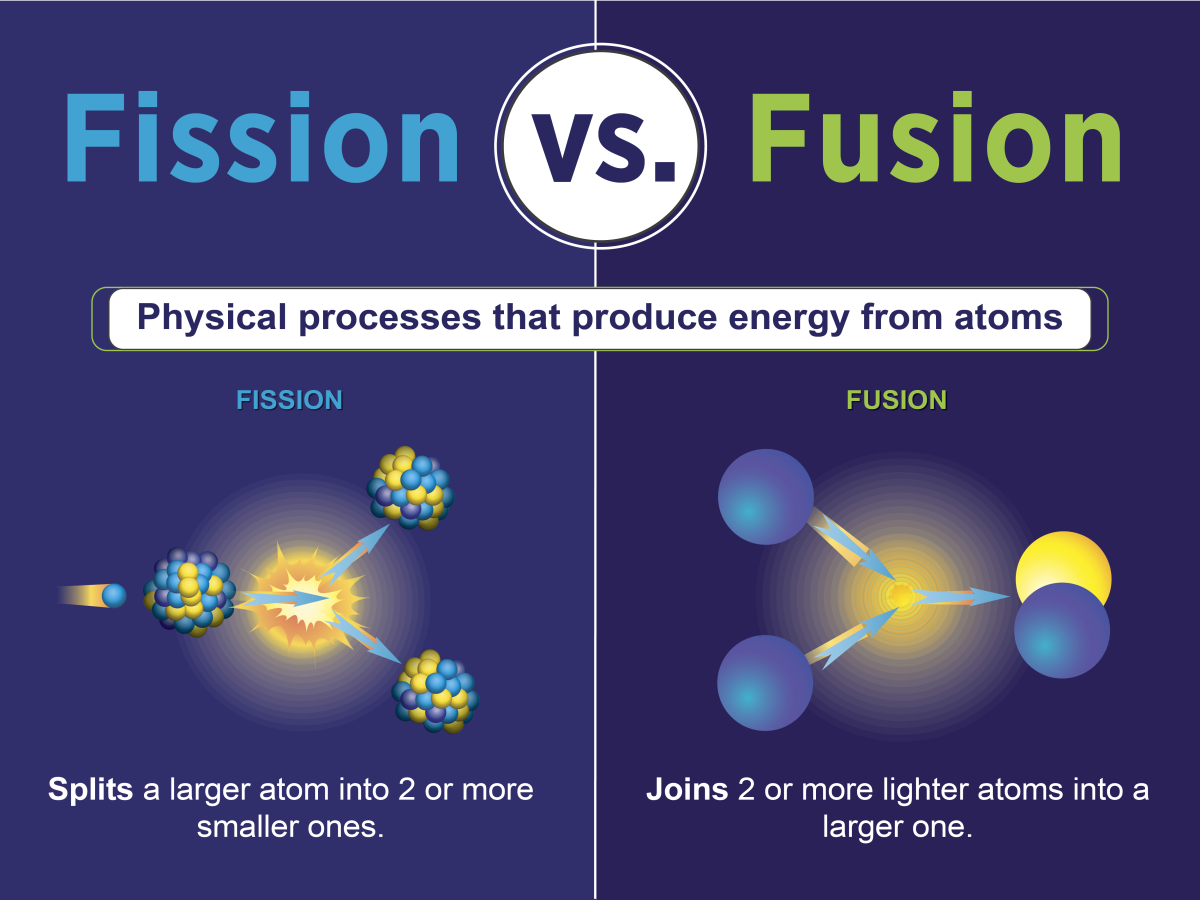In a nutshell: Can nuclear fusion help save the climate?
This factsheet is part of our series about frontier climate technologies. For more details on nuclear fusion, check out our in-depth Q&A: Nuclear fusion - Hype or hope for a cooler planet?, our interview Europe must build on nuclear fusion headstart to complement renewables – startup, as well as the article Investors bet record €130mln on German fusion startup Proxima.
Why is the topic of nuclear fusion important?
Why is the topic of nuclear fusion important?
- Nuclear fusion holds the enormous promise of clean, safe and abundant energy.
- Fusion research has made rapid progress in recent years, partly driven by private start-ups, creating growing optimism that it will work eventually.
- Both critics and proponents of nuclear fusion warn against using it as an excuse to delay the rollout of renewables.
- There is a global race for nuclear fusion. EU countries, the US, and China have invested billions in fusion research, aiming to prove its feasibility as a future energy source.
- Germany's new government set the goal to have the first fusion reactor worldwide.
What is nuclear fusion's potential role in climate action?
What is nuclear fusion's potential role in climate action?
- Nuclear fusion may have a huge potential for climate action, with limited risks. But it remains unknown if it will ever work.
- Nuclear fusion is very unlikely to contribute significantly to achieving climate neutrality by mid-century, because developement is still at an early stage.
- Both proponents and critics agree that nuclear fusion must not become an excuse for delaying the rollout of renewable energies.
- It remains unclear to what extent fusion plants will be needed in electricity systems dominated by renewables.
- Nuclear fusion is a high tech approach. Fusion electricity is likely to be relatively expensive, compared to renewables.
How does nuclear fusion work?
How does nuclear fusion work?
- Nuclear fusion works by fusing light atoms - the process that powers the Sun and other stars.
- Extremely high temperatures are required to start fusion.
- In contrast, conventional nuclear power stations work by splitting heavy atoms in a process called fission.
- Whereas fission is a chain reaction that needs to be tightly controlled, fusion stops as soon as the necessary conditions are disrupted.
Advantages
Advantages
- Fusion could be a CO₂-neutral energy source which could operate non-stop.
- From a material perspective, it is highly efficient: Tiny amounts of fuel could produce huge amounts of energy.
- Fusion reactors are inherently safer than fission reactors. The fusion process stops as soon as the necessary conditions are disrupted.
- Compared to conventional (fission) nuclear power plants, fusion produces much less radioactive waste, which is dangerous for a much shorter period of time.
- There is little risk that fusion technology can be used to build nuclear weapons.
Challenges and limitations
Challenges and limitations
- Commercial use is likely decades away because significant technical challenges remain. Despite decades of research, nuclear fusion remains in the experimental stage.
- The development and operation of fusion reactors are extremely costly, with uncertain cost reductions. Fusion electricity will likely be more expensive than renewables.
- It is uncertain to what extent nuclear fusion will be needed by the time it works because renewable energy will already be dominant by then.
- Public perception and regulatory frameworks are still evolving, which could impact deployment.
Future prospects
Future prospects
- Significant investments from governments and the private sector are driving research progress.
- It remains unknown if and when the technology can be put to use. Most experts rule out large-scale deployment before mid-century.
- Some startups have much more ambitious timelines and say they aim for commercial reactors in the 2030s.
- The development of specific regulatory frameworks for fusion will be crucial for future implementation.
All texts created by the Clean Energy Wire are available under a
“Creative Commons Attribution 4.0 International Licence (CC BY 4.0)”
.
They can be copied, shared and made publicly accessible by users so long as they give appropriate credit, provide a
link to the license, and indicate if changes were made.


